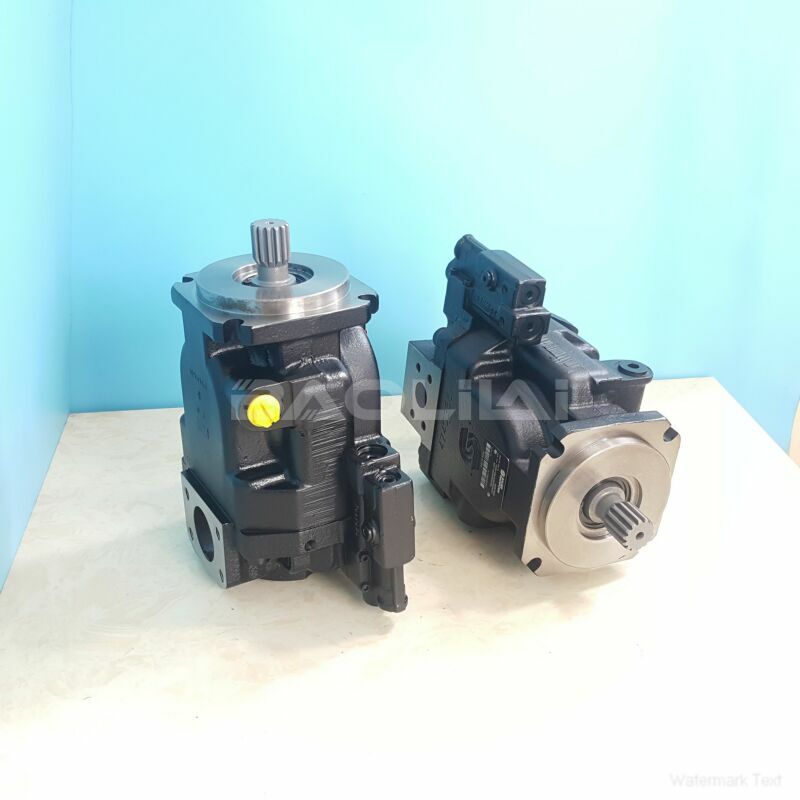FRR074BPC26NNNNN3S1B2A1NAAANNNNNN piston pump
FRR074BPC26NNNNN3S1B2A1NAAANNNNNN piston pump

- Product Details
- Applicable Scene
In the realm of industrial coatings and paint applications, the technology employed in fluid handling plays a crucial role in determining both performance and efficiency. Among various pumping systems, piston pumps have emerged as a favored choice for their reliability and effectiveness in various paint and coating applications. This article explores the vital functions and advantages of piston pumps in enhancing the efficiency of paint and coating systems.
FR-R-074B-PC-26-NN-NN-N-3-S1B2-A1N-AAA-NNN-NNN
FRR074BPC26NNNNN3S1B2A1NAAANNNNNN
Piston pumps operate on a positive displacement principle, utilizing a reciprocating piston to move fluids through the system. This design enables them to achieve consistent flow rates and pressure, essential elements in controlling coatings during application. As coatings often require precision in viscosity and throughput to maintain quality, piston pumps excel by delivering uniform flow irrespective of the fluid’s characteristics.

83053570
One of the standout features of piston pumps is their ability to handle a wide range of viscosities. In the paint and coating industry, different formulations may have varied thickness, from low-viscosity stains to high-viscosity industrial coatings. Piston pumps can adapt to these variations, ensuring that the application process is seamless and that the output maintains consistent quality. This adaptability not only enhances the final product’s appearance but also minimizes waste by ensuring the right amount of coating is applied each time.
Furthermore, the high-pressure capabilities of piston pumps make them suitable for applications requiring fine atomization of spray coatings. This is particularly beneficial in automotive and furniture industries, where achieving a smooth finish is paramount. The ability to generate high pressures allows for better atomization, leading to improved coverage and a reduction in the number of coats required. Consequently, manufacturers can reduce the overall material consumption and application time, promoting more sustainable practices.





